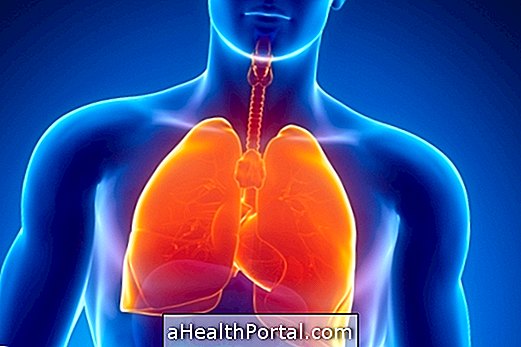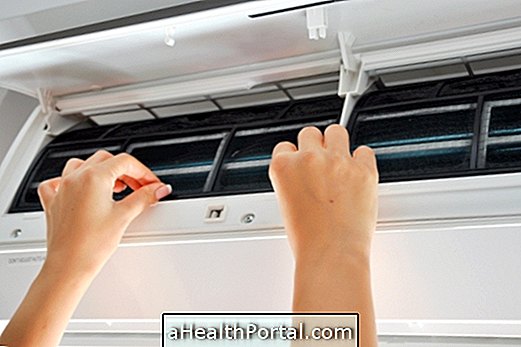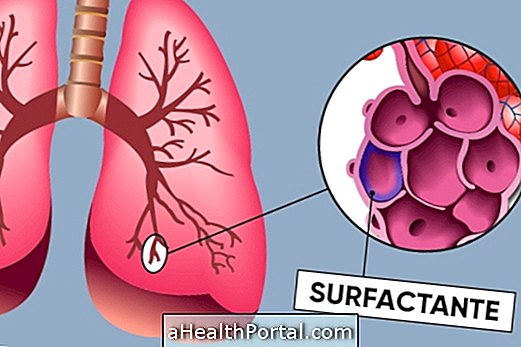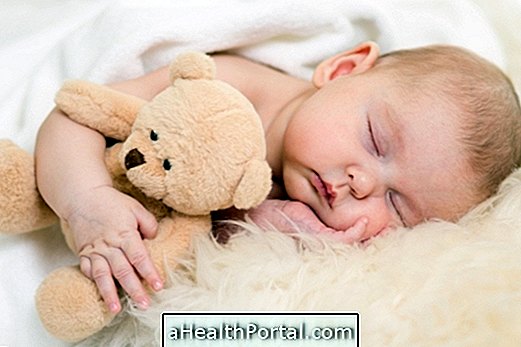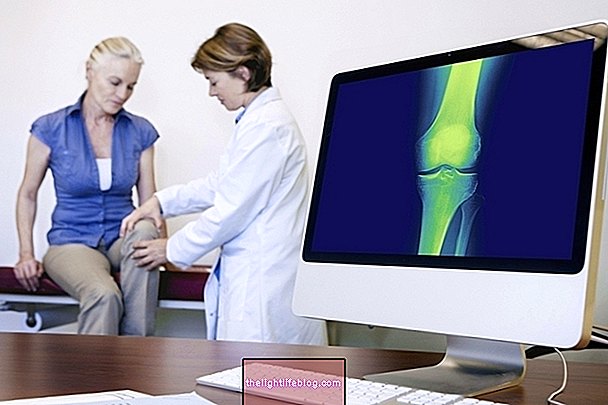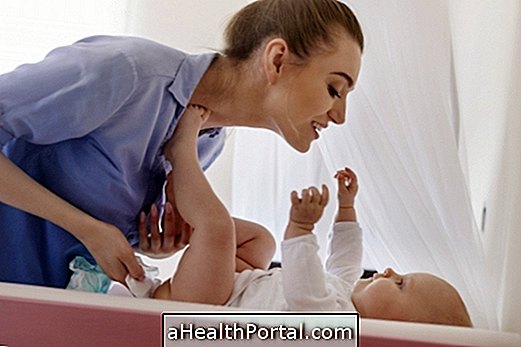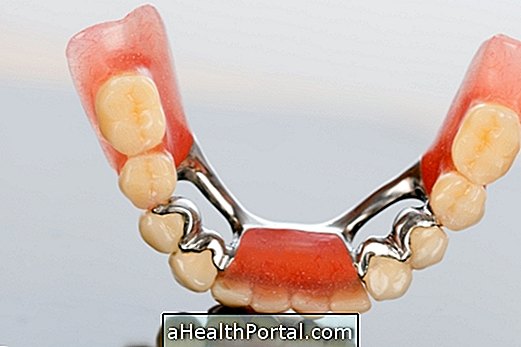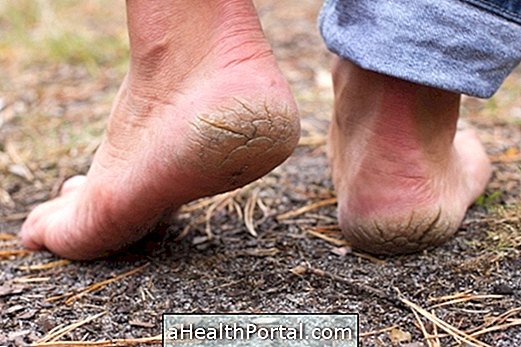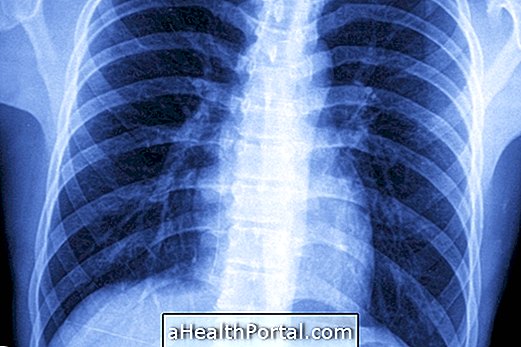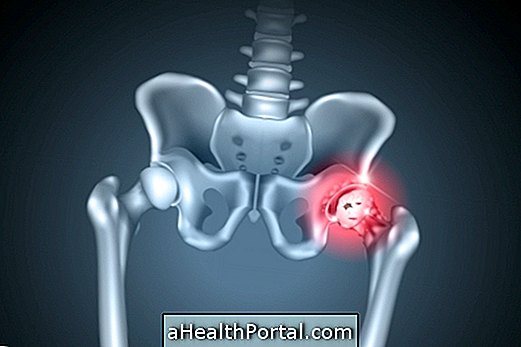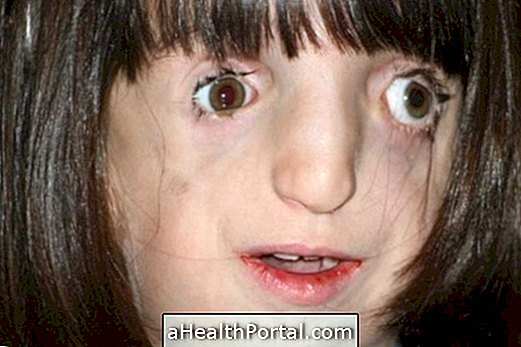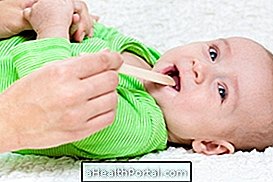Pulmonary hypertension is a disease caused by increased blood pressure in the bloodstream that connects the lungs to the heart, which can be caused by lung disease, heart failure, inflammatory diseases, or even of unknown origin.
This increased pressure, caused by increased resistance of the vessels in the lungs, should be treated by the pneumonologist or cardiologist, with the use of drugs that work by relaxing blood vessels, such as some antihypertensive drugs, as well as rest and oxygen use.
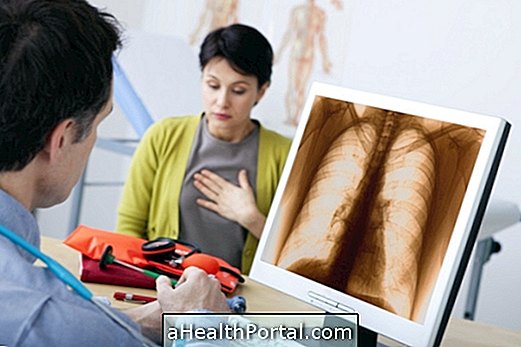
Main symptoms
The overload caused in the lungs and heart, due to the increased pressure of the blood vessels, causes symptoms, such as:
- Shortness of breath;
- Fainting during exertion;
- Tiredness;
- Dizziness;
- Pain and tightness in the chest.
Shortness of breath initially occurs during exertion, but as the disease worsens and becomes more severe, it can happen even at rest. In addition, because pulmonary hypertension is closely related to cardiac changes, heart-related symptoms such as swelling of the legs and palpitations may also appear.
What causes pulmonary hypertension
Anyone can develop pulmonary hypertension, but it is more common in adults over 30 years. Although not fully understood, changes in the pulmonary circulation are related to increased inflammation, fibrosis, and narrowing of blood vessels. Thus, the main causes are:
- Primary : they occur due to changes in the formation of pulmonary vessels, due to unknown causes, in this case called idiopathic, and also due to hereditary causes, and diseases such as thyroid diseases, scleroderma, lupus, HIV infection and diseases of blood, for example.
- Secondary : caused by changes in the heart, such as heart failure, and lung diseases such as emphysema, sleep apnea, pulmonary thrombosis or sarcoidosis, for example.
All these causes cause difficulty in the circulation of blood inside the lung, which can further burden the heart, and if they are not treated soon, the symptoms become worse and worse.
In addition, this disease can be classified according to its severity, and may be:
| Gravity | Symptoms |
| Class I | Presence of pulmonary hypertension in the exams but does not cause symptoms. |
| Class II | Shortness of breath during physical activity, limiting physical exertion. |
| Class III | Significant limitation of physical activity, lack of air that recovers with rest. |
| Class IV | Shortness of breath and tiredness even at rest, with difficulty for any physical effort. |
How to identify
The diagnosis of pulmonary hypertension is made through the clinical history and physical examination taken by the pulmonologist or cardiologist, as well as tests such as chest x-ray, electrocardiogram and echocardiogram showing changes in the heart and blood circulation.
To confirm the results, the doctor may also request a cardiac catheterization, which will accurately measure the pressure inside the pulmonary artery.
How is the treatment done?
To treat pulmonary hypertension, one should try to correct what has caused it, such as with the treatment of heart disease or pulmonary problems, for example.
Medications can be used to try to improve circulation and reduce lung pressure, such as anticoagulants, vasodilators, antihypertensives, diuretics and oxygen mask therapy. However, in very serious cases, heart or lung transplantation may be the only solution.
Respiratory exercises guided by a physiotherapist can also help in recovery and improvement of symptoms.
Pulmonary hypertension of the newborn
This condition arises when there is a change in blood circulation of the baby's lungs and heart, which causes difficulty in oxygenating the body, and symptoms such as difficulty breathing, bluish lips and fingers, and swelling in the cup.
The baby's pulmonary hypertension usually happens by asphyxiation inside the uterus or during childbirth, pneumonia, hypothermia, hypoglycemia, or by the use of medicines by the mother in excess, such as indomethacin or aspirin, for example.
The treatment is done using oxygen therapy, with mask or in a concealer, keeping the baby warm and pain-free, in addition to medications or procedures to correct defects in the heart. In the initial and more severe phase, it may still be necessary for respiration to be performed with the aid of apparatus, which can be removed after improvement of signs and symptoms.
